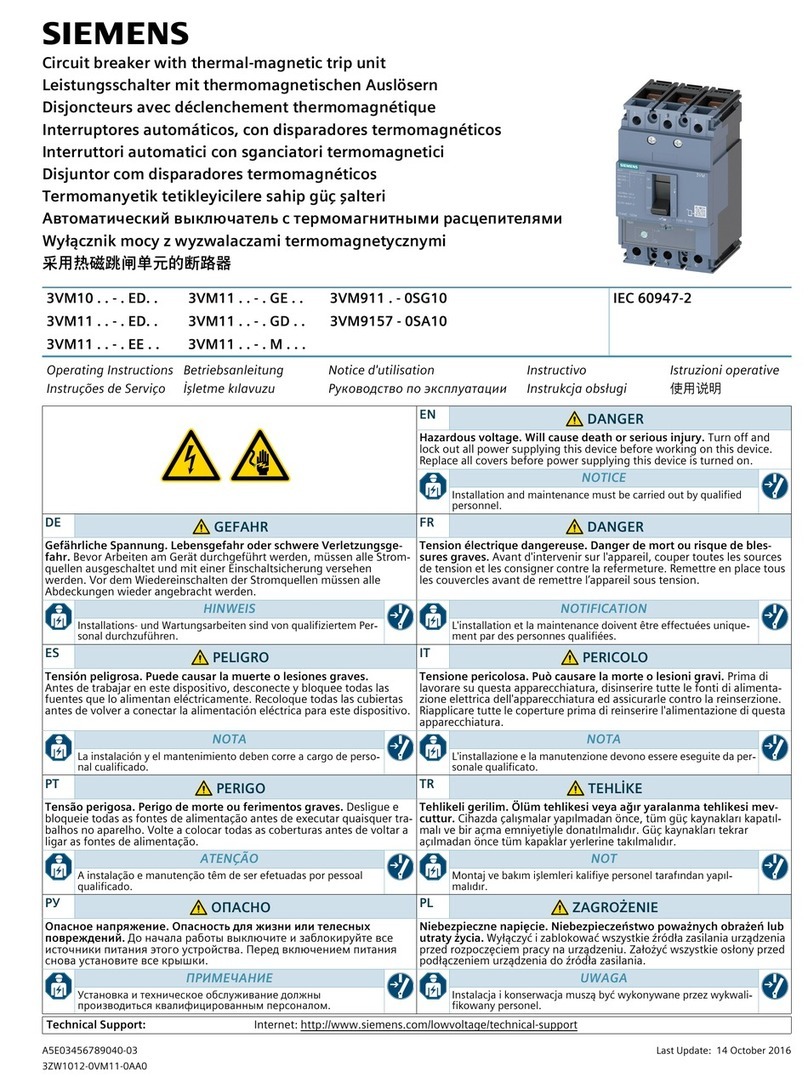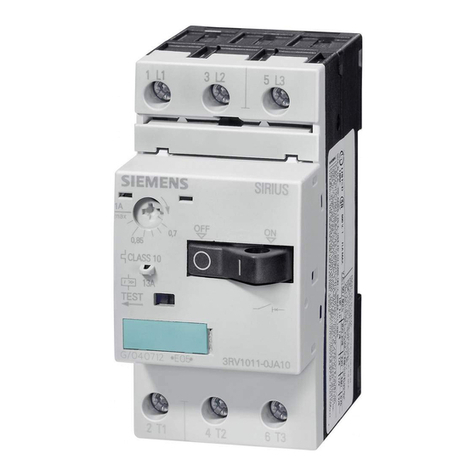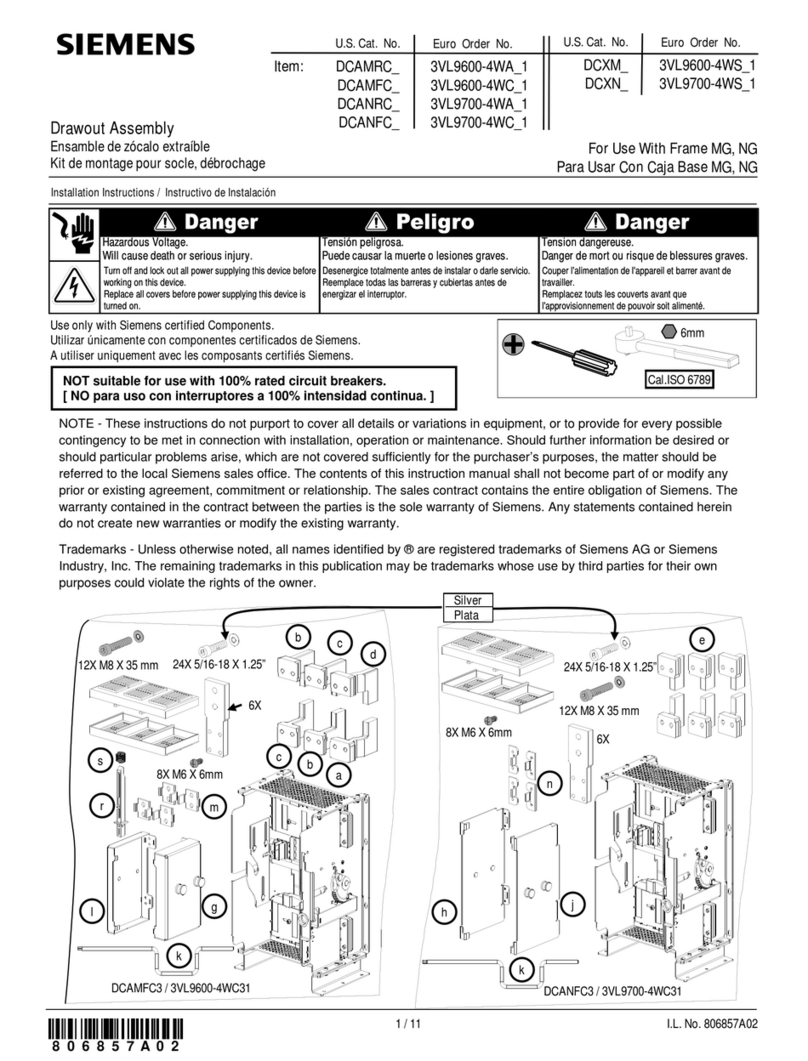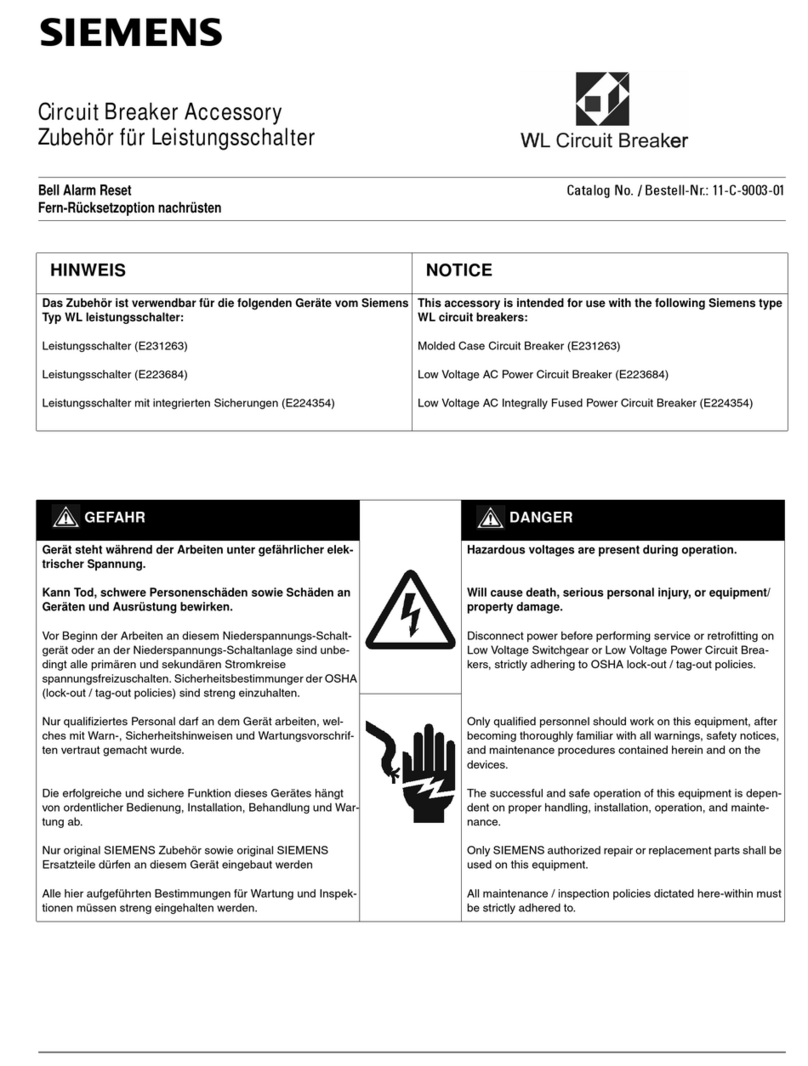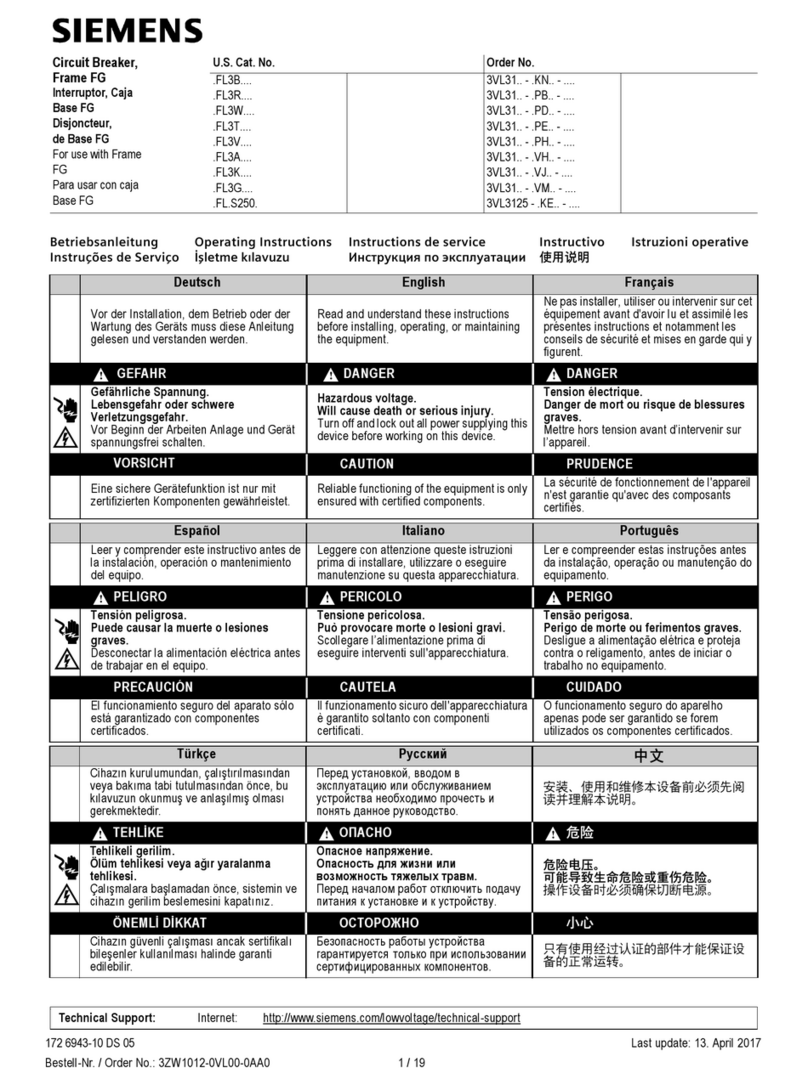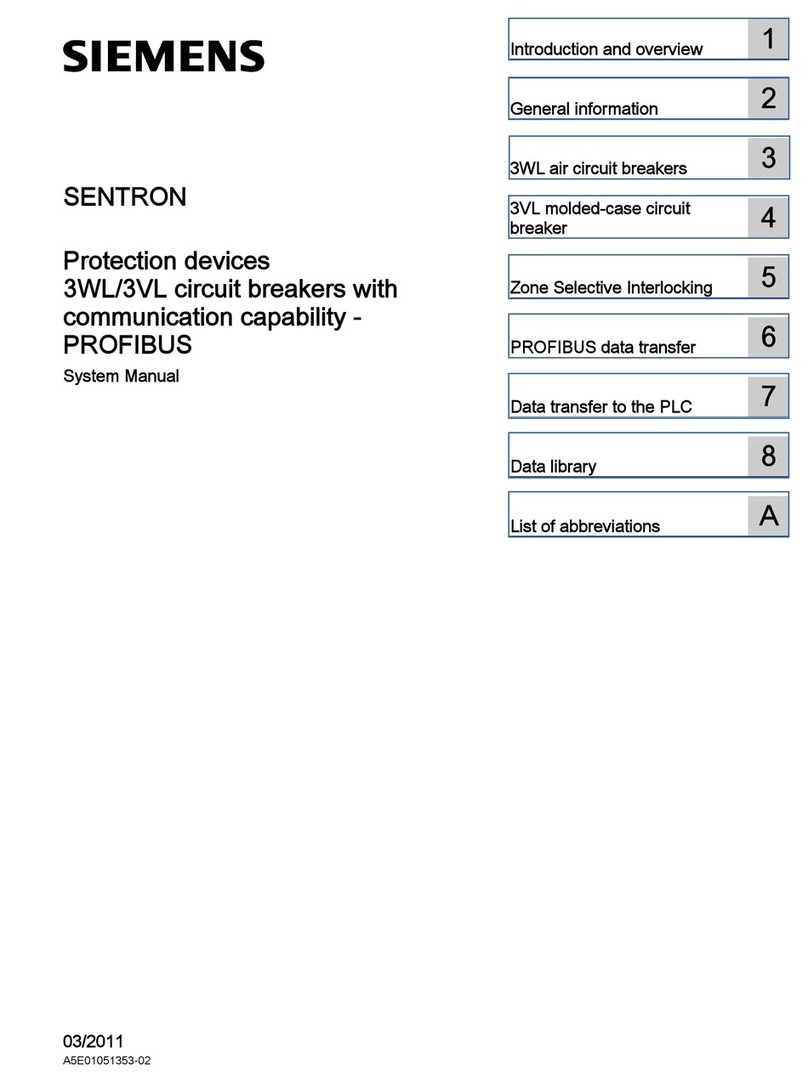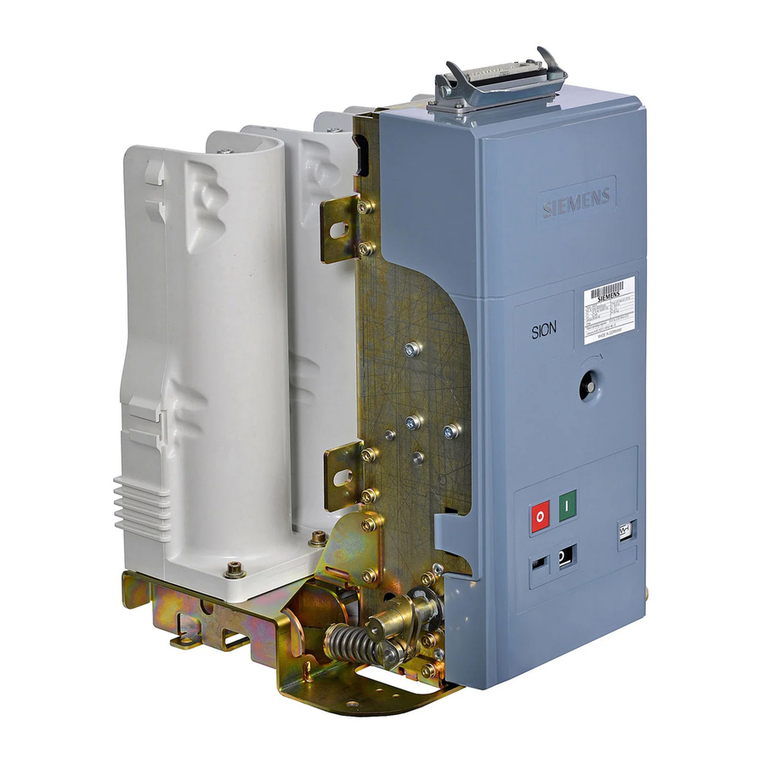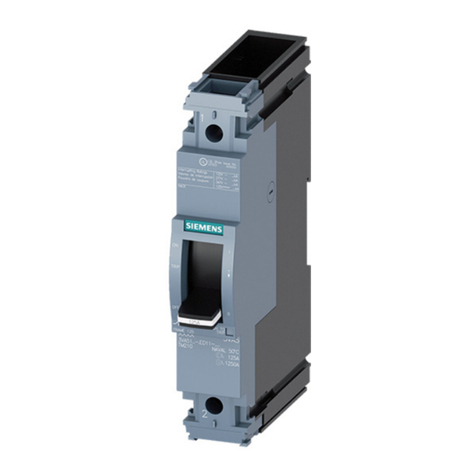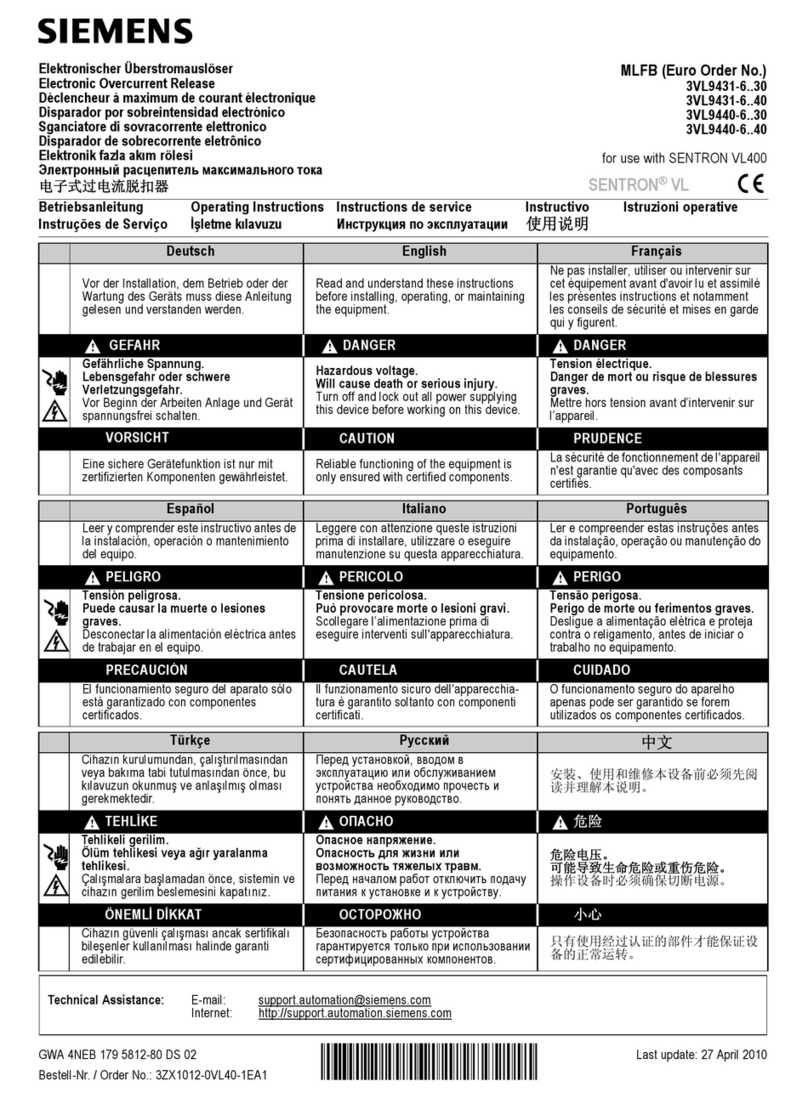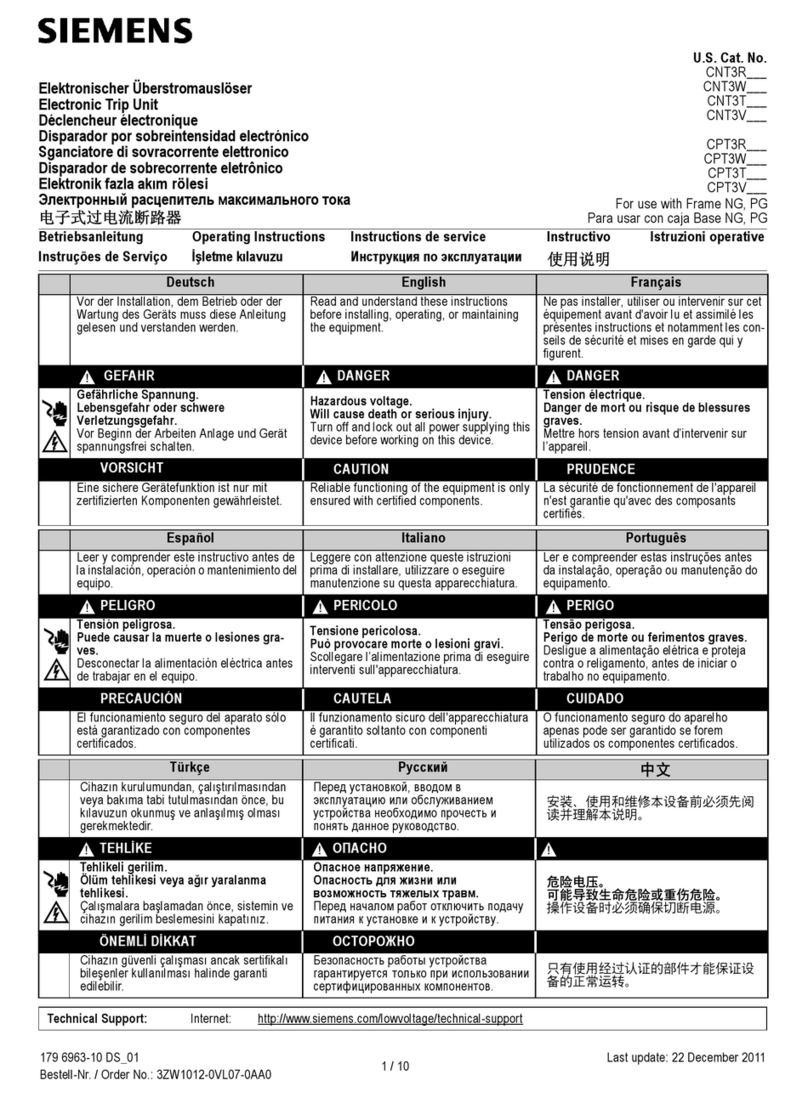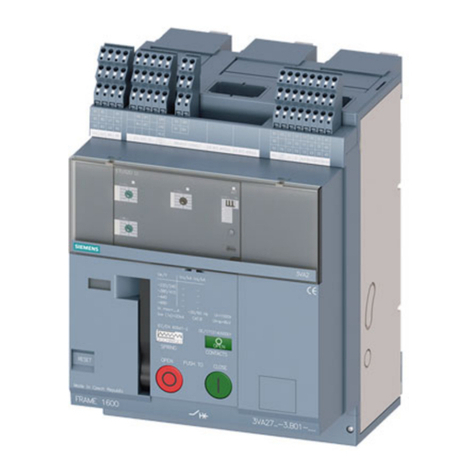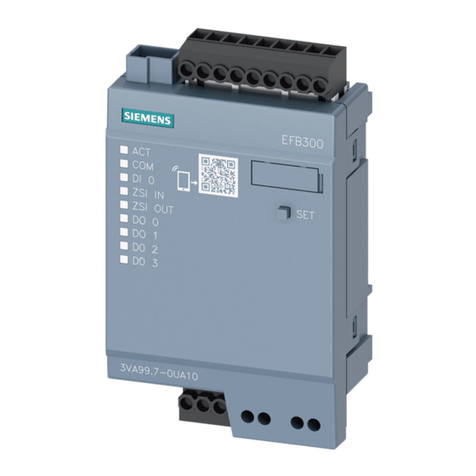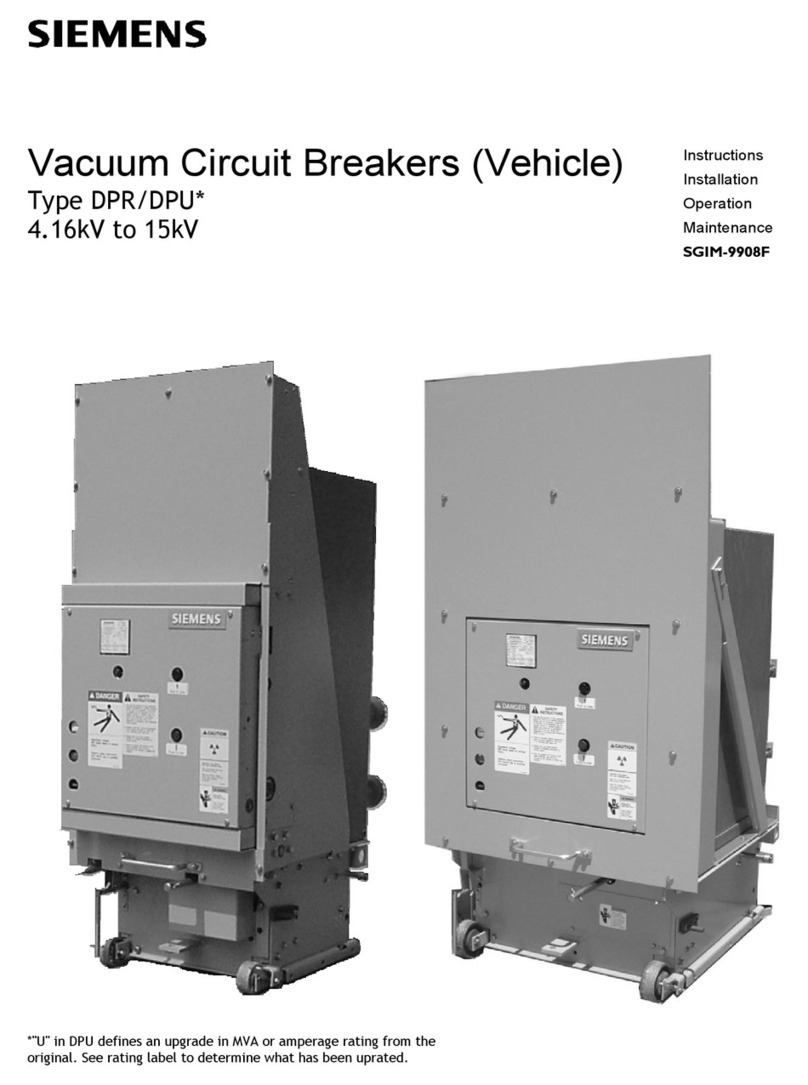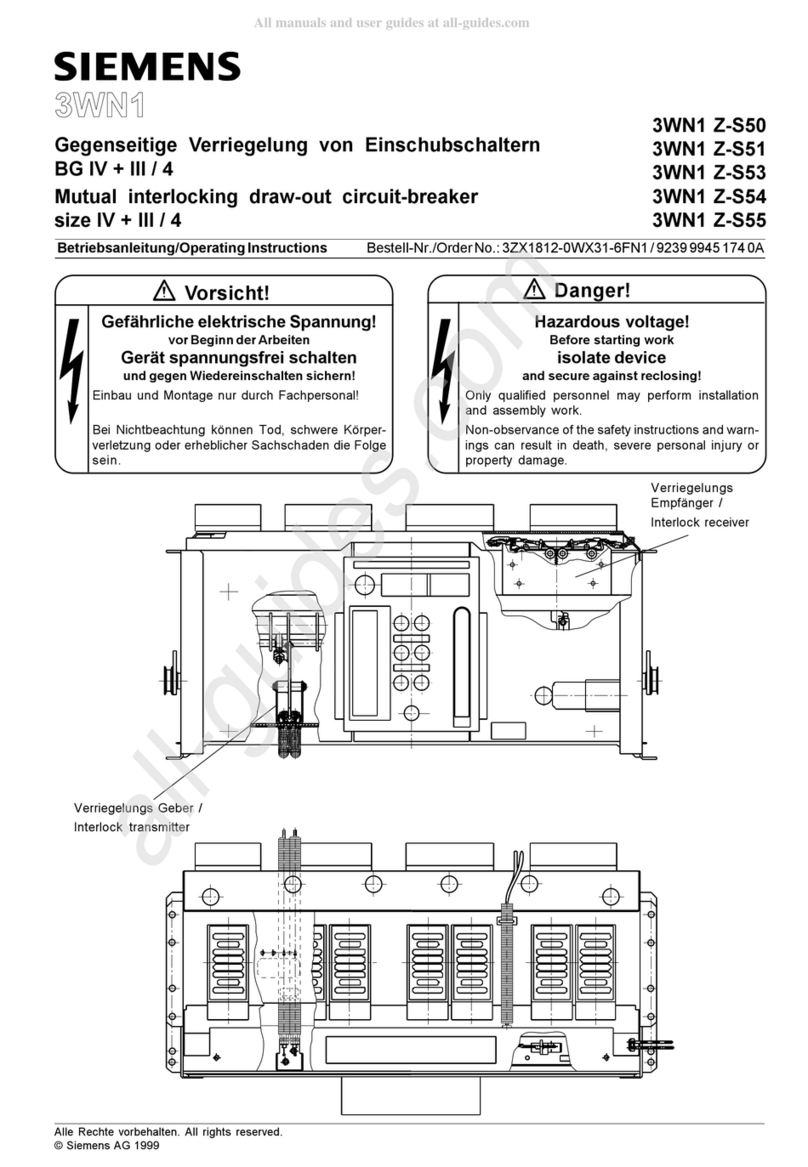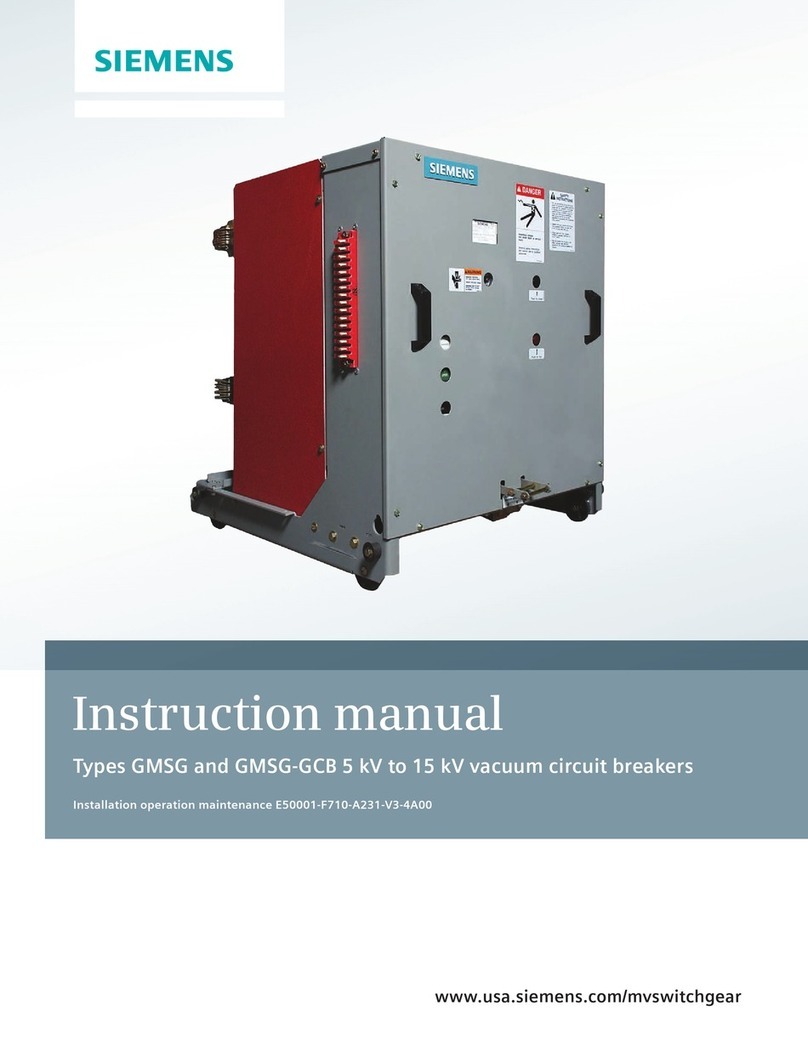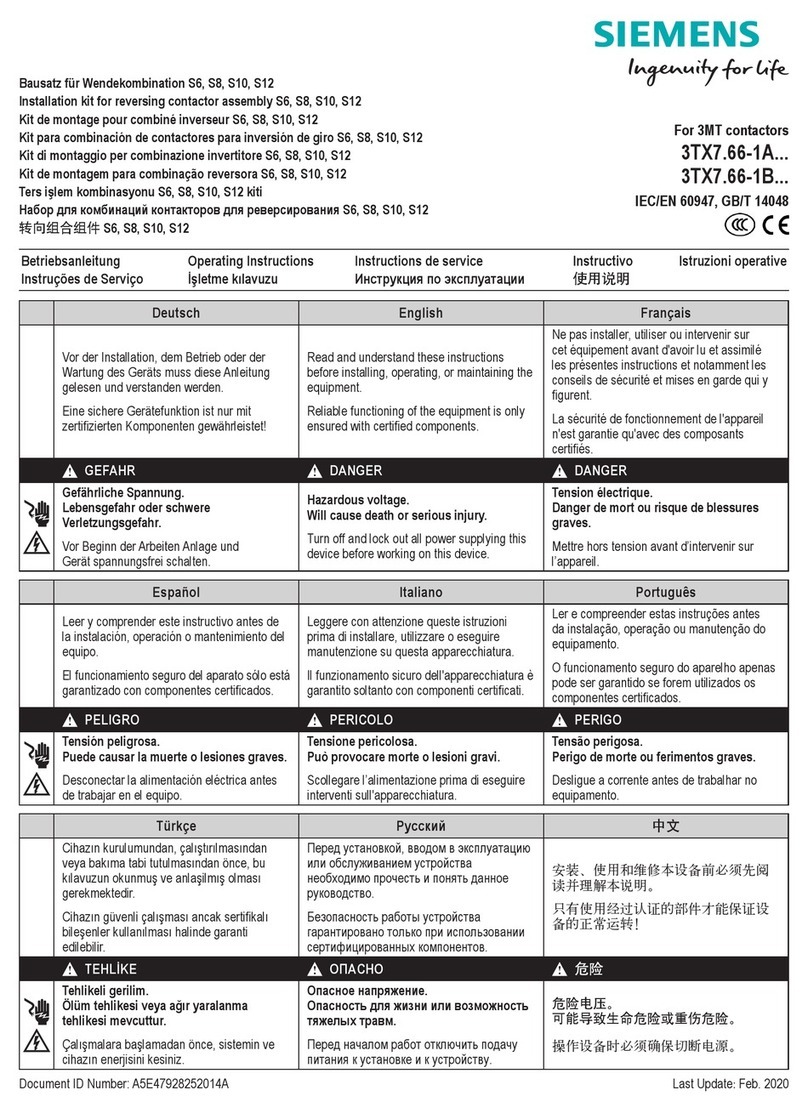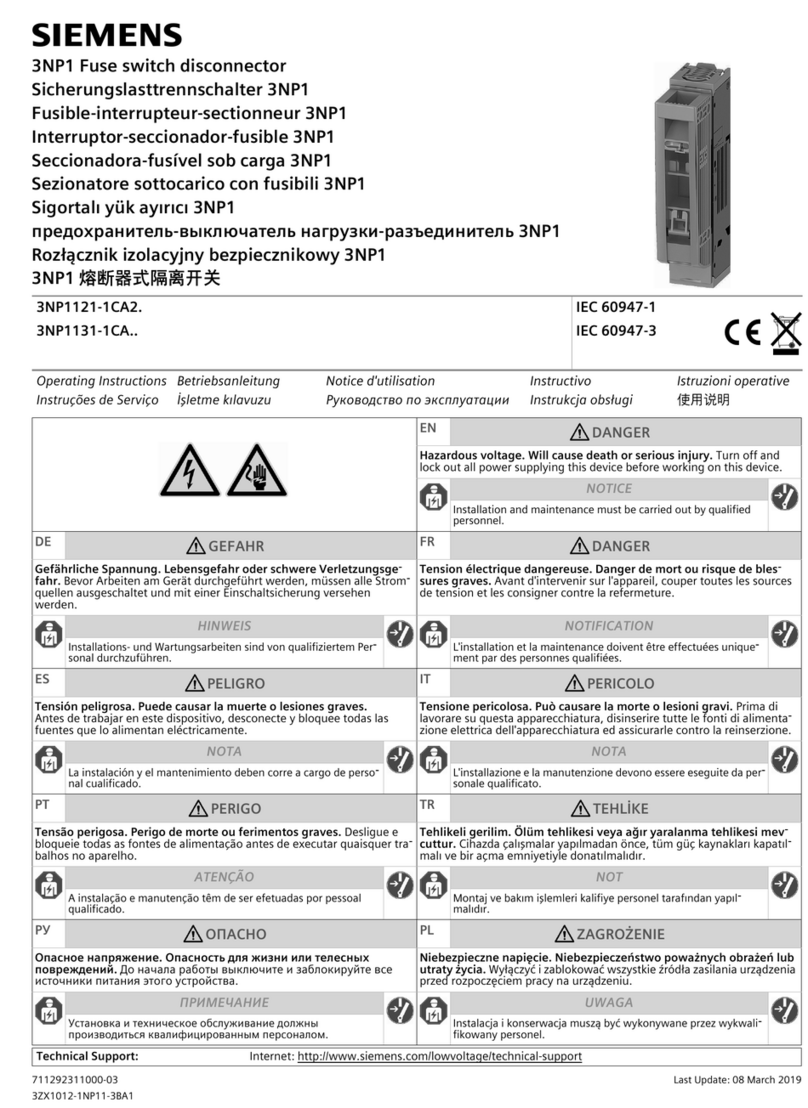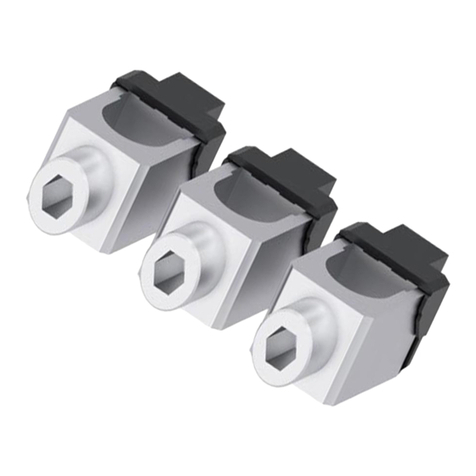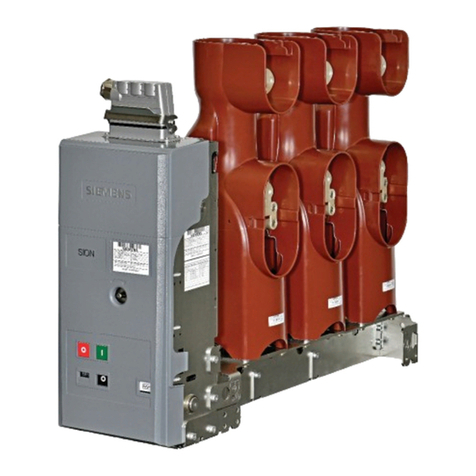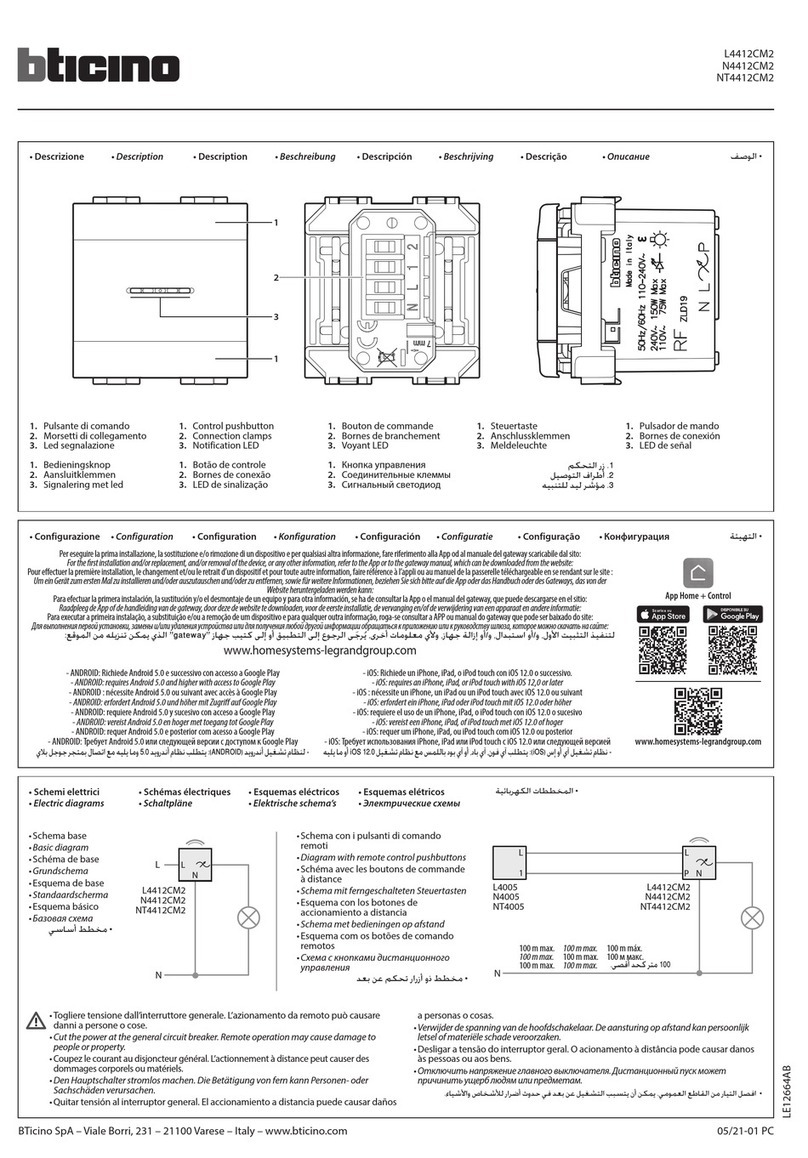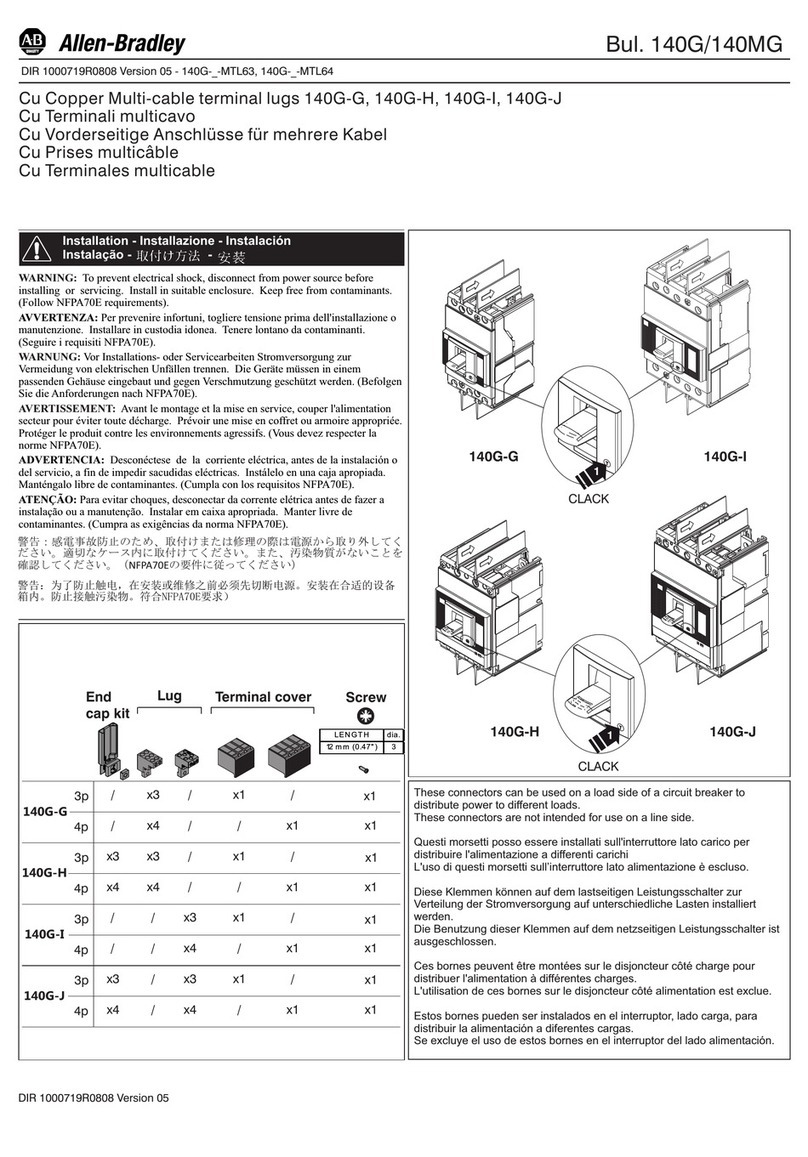
IVI
g,
Handlin and Sto
Introduction
Type GM! Vacuum Interrupter Circuit Breakers are normally
installed
in
assembled metal-clad switchgear, and the Switch-
gear Instruction Manual (SG-3258) contains the Receiving,
Handling and Storage instructions for assembled metal-clad
switchgear.
This manual covers the Receiving, Handling and Storage
instructions for Type GM! circuit breakers shipped separately
from the switchgear. This section of the manual
is
intended to
help the user identify, inspect and protect the circuit breaker
prior to its installation.
Receiving Procedure
Make a physical inspection of the shipping container before
removing orunpacking thecircuitbreaker. Checkfor shipment
damageor indicationsofrough handling bythe carrier. Check
each item against the manifest to identify any shortages.
Accessories such as the manual charging lever, the racking
crank and the plug jumper are shipped separately.
Shipping Claims (When Applicable) -Follow nor-
mal shipment damage procedures, which should include:
1.
Check for visible damage upon arrival.
2.
Visible damage must be noted
on
delivery receipt. and
acknowledged with driver's signature. Notation, "Possible
internal damage, subject to inspection" must be
on
delivery
receipt.
3.
Notify Siemens Sales office immediately of any shipment
damage.
4.
Arrange for carrier's inspection. Do not move the unit from
its unloading point.
Handling Procedure
1.
Carefullyremovethe shipping cartonfromthecircuitbreaker.
Keep the shipping pallet for later use if the breaker
is
to be
stored prior to its installation.
2.
Inspect for concealed damage. Notification to carrier must
take place within
15
days to assure prompt resolution of
claims.
3.
Each circuit breaker should be appropriately lifted to avoid
crushing the side panels of the breaker, or damaging the
primary disconnect subassemblies.
Heavy Weight
Can cause death,
serious
injury,
or
property
damage.
Obtain the services of a qualified rigger prior to
hoisting the circuit breaker to assure adequate
safety margins
1n
the hoisting equipment and
procedures to avoid damage.
TypeGM! circuitbreakersweigh between385to 575 pounds
(175to
261
kg). See Table A-4, Technical Data
in
Appendix.
4.
The palleted circuit breaker can also be moved using a
properly rated fork-lift vehicle. The pallets are designed for
movement by a standard fork-lift vehicle.
s""'""'"
..
Procedure
1.
Whenever possible, install circuit breakers
in
their assigned
switchgear enclosures for storage. Follow instructions con-
tained
in
the Switchgear Instruction Manual.
2.
When the breaker will be placed
on
its pallet for storage, be
surethe unit
is
securelybolted to the palletand covered with
polyethylene film at least
10
mils thick.
Indoor -Whenever possible, store the circuit breaker
indoors. The storage environment must be clean, dryand free
of such items as construction dust, corrosive atmosphere,
mechanical abuse and rapid temperature variations.
Outdoor -Outdoor storage
is
not recommended.
When no other option
is
available, the circuit breaker must be
completelycovered and protected from rain, snow, dirtand all
other contaminants.
Space -Space heating must be used for both indoor
and
outdoorstorage to prevent condensation and corrosion.
When stored outdoors. between 150 to 200 watts per breaker
of space heating
is
recommended. If the circuit breakers are
stored insidethe switchgearenclosures, and the switchgear
is
equipped with space heaters, energize the space heaters.
3
Courtesy of NationalSwitchgear.com
